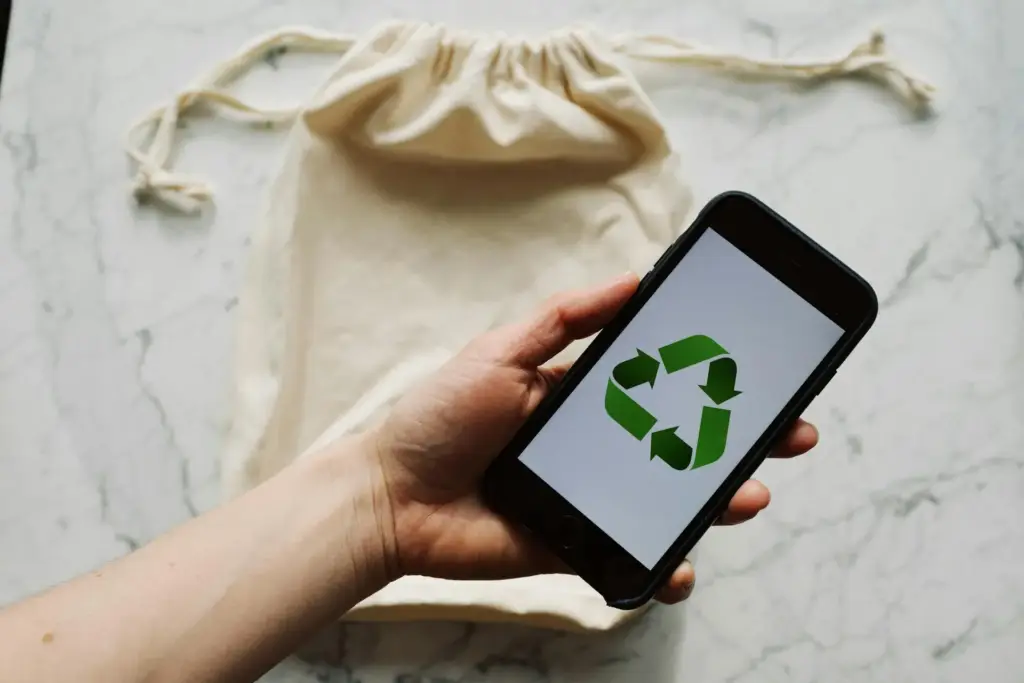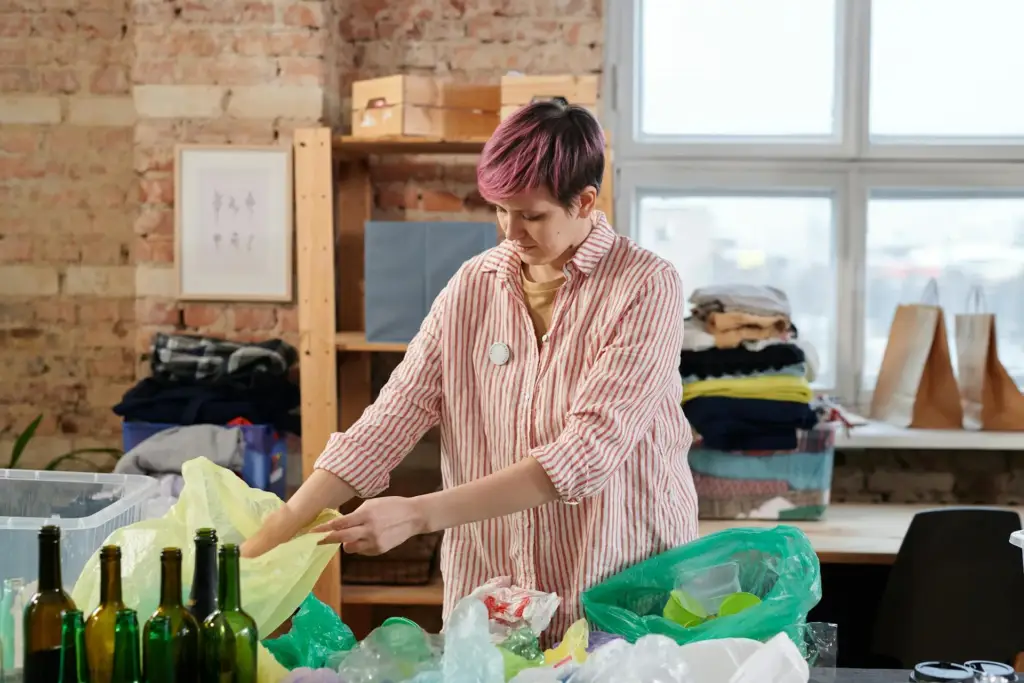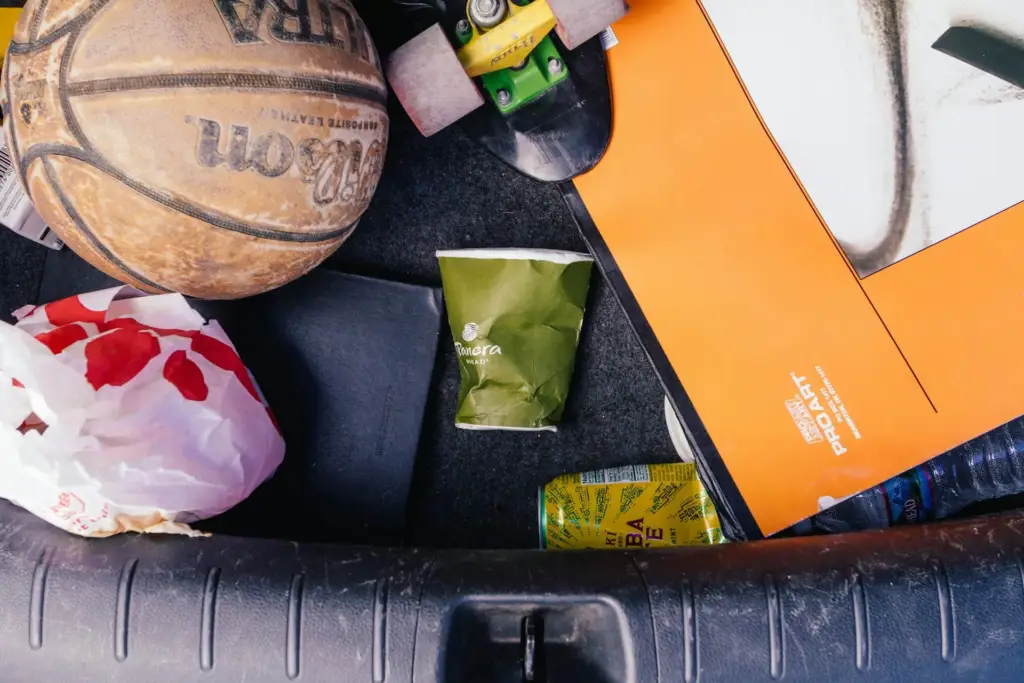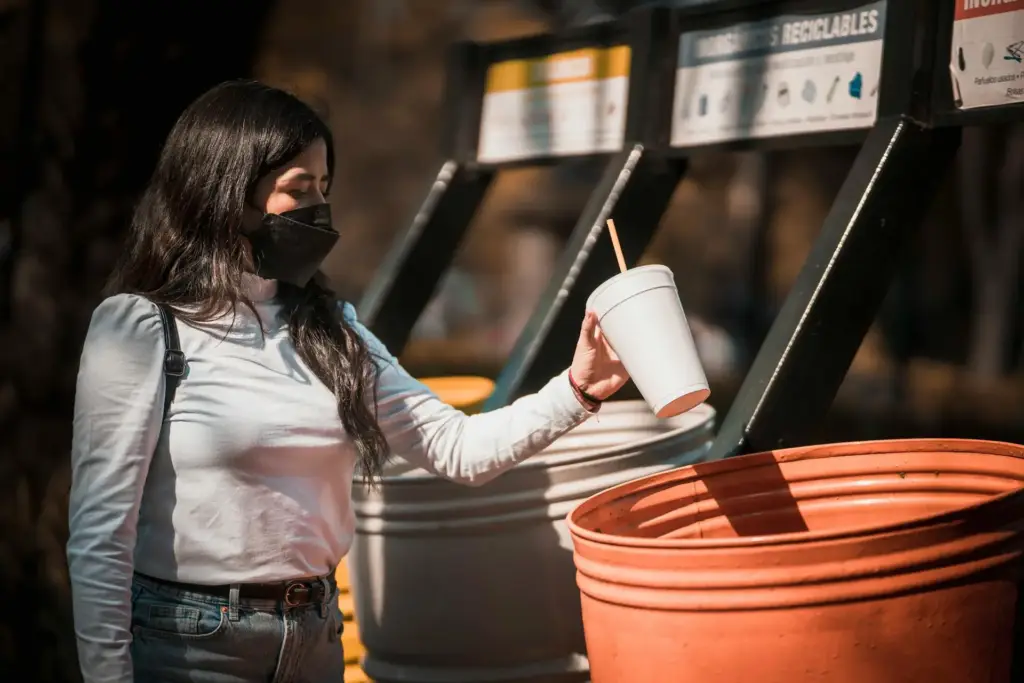The AI and Circular Economy are emerging as two of the most promising trends to promote sustainability and reduce environmental impact. While the circular economy seeks to maximize the use of resources, minimizing waste through recycling and reuse, artificial intelligence (AI) has become a key tool to optimize these processes. The combination of AI and Circular Economy makes it possible to analyze large volumes of data, identify consumption patterns and generate more efficient strategies for resource management, promoting a continuous cycle of sustainability.
What is the Circular Economy?
The circular economy is a model that seeks to keep products, materials and resources in use for as long as possible, reducing waste generation. Unlike the traditional linear economic model, which follows an “extract, make, dispose” pattern, the circular economy proposes a more regenerative approach, in which waste is reincorporated into the production cycle as a resource.
This model not only reduces the amount of waste, but also promotes the responsible use of materials, improves resource efficiency and reduces environmental impact. This is where artificial intelligence comes into play, helping companies and governments to implement smarter and more sustainable solutions.

The Role of AI in the Circular Economy
The AI and Circular Economy are connected through big data analytics, machine learning and intelligent systems that optimize resource management. AI is capable of collecting and processing large-scale data, enabling organizations to identify consumption patterns and predict user behavior. This is essential for reducing waste, improving recycling and making production cycles more efficient.
For example, with the help of AI, recycling systems can automatically identify the types of materials being discarded, thereby improving sorting and reducing waste contamination. In addition, AI algorithms can predict future demand for certain materials and adjust production and recycling processes accordingly, avoiding overproduction and reducing waste.

AI and Recycling Promotion
One of the big challenges in the circular economy is to improve recycling rates and reduce the amount of materials that end up in landfills. The AI and Circular Economy are promoting recycling by automating processes and creating more efficient systems for collecting and sorting waste.
Artificial intelligence systems equipped with computer vision can identify recyclable materials in real time, automatically sorting them for processing. This not only saves time, but also increases the accuracy of waste sorting, reducing cross-contamination between recyclable and non-recyclable materials. With AI, more efficient recycling infrastructures can be created that process a greater volume of waste in less time.
In addition, AI algorithms can analyze data related to citizens’ consumption and waste patterns to implement more effective waste collection strategies. For example, by predicting when and where more waste will be generated, garbage collection companies can optimize their routes, reducing fuel consumption and CO2 emissions.

Waste Reduction with AI
The AI and Circular Economy are also fundamental to waste reduction. By analyzing production and consumption patterns, AI algorithms can identify critical points where excess waste is generated and propose solutions to minimize them. This includes optimizing the use of materials in production lines, which reduces the amount of resources wasted.
For example, in the manufacturing industry, AI systems can analyze production processes to identify opportunities for improvement and reduce unnecessary use of materials. In this way, companies can manufacture products more efficiently, using fewer resources and generating less waste.
In the food sector, AI can forecast product demand and adjust food production based on consumers’ actual needs. This helps reduce food waste, which is one of the most serious problems globally, as it is estimated that up to one-third of the food produced is wasted. With the help of AI, companies can optimize the supply chain, ensuring that food gets to where it is needed without generating excess.

Future Applications of AI in the Circular Economy
As technology advances, AI is expected to play an even greater role in creating a fully regenerative economic cycle. Some of the future applications include:
- Sharing economy: AI can facilitate platforms that promote reuse and sharing of products among consumers, such as tool rental or vehicle sharing, thus encouraging more efficient use of resources.
- Smart product design: With the help of AI, designers can create products that are more durable and easier to repair, extending their life cycle and reducing the amount of waste generated.
- Home recycling optimization: It is envisioned that AI-equipped smart homes will be able to automatically sort recyclable and organic waste, making the process easier for citizens and increasing recycling rates.
- Real-time analytics: AI can analyze real-time data on resource use, helping cities manage energy, water and other essential resources more efficiently.


Artificial Intelligence as an Ecological Instrument
In conclusion, as we have already seen, the combination of AI and Circular Economy is transforming the way businesses and governments approach recycling and waste reduction. AI allows processes to be optimized by analyzing large volumes of data and creating more efficient systems that promote a more responsible use of resources. With the ability to improve waste management, reduce waste and optimize production, The AI and Circular Economy play a key role in creating a more sustainable and efficient future for us all.

